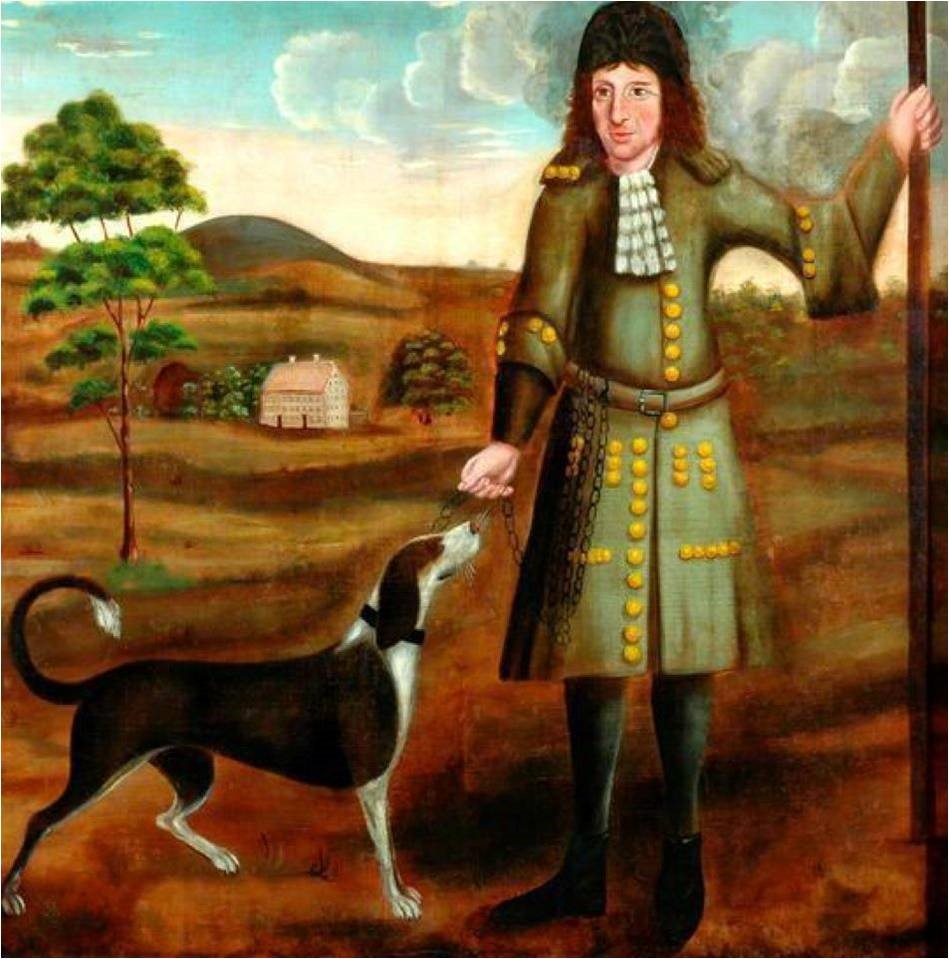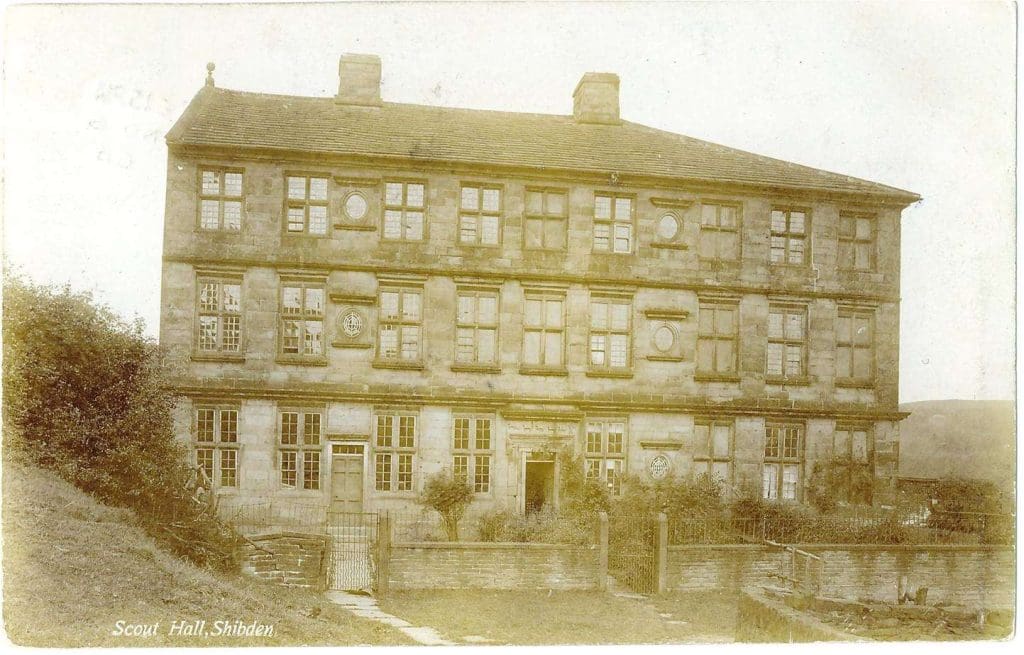By Vincent Dorrington
When most people think of historic characters and the Shibden Valley they think of Anne Lister, alias Gentleman Jack.
However, a century before Anne’s time, Shibden Valley was home to another infamous character, John Mitchell, who became the legend of folklore.
John Mitchell (1659 to 1696) is undoubtedly the darkest character that came from this family line.
John was born into wealth and privilege. His grandfather, Samuel Mitchell, was a wealthy silk merchant who died in 1645 at the age of 48. The Mitchell family seemed to be cursed by early deaths.
His son Samuel Mitchell, junior, inherited Upper Scout but died in 1672 while still a young man.
Samuel’s son John, was only 13 years old when he inherited his father’s estate. Even though he was a teenager John was a squire and landowner of local renown. He already had a bad reputation for being wild and was said to have surrounded himself with scoundrels.
From the start of his young life John Mitchell was the centre of scandal. When Mitchell was 19 years old he was alleged to have abducted 15 year old Mary Wilton, of Slead Syke in Brighouse, and forced her to marry him. He then had Scout Hall built in 1681 after moving out of Upper Scout Hall further down the Shibden Valley.
Mitchell spent all of his time gambling and drinking. Often he organised horse races on Swales Moor. A widely reported race meeting he held was on 8th May 1681.
The meeting attracted over 450 people on Pule Nick as did other race meetings held in Northowram. Crowds came from Halifax, Boothtown, Ovenden and Holdsworth.
Such behaviour brought much local criticism, especially from famed local minister Oliver Heywood. Mitchell cared not a jot and continued to dissipate his wealth on horse racing, gambling and drunkenness.


By 1685, Mitchell’s wasteful lifestyle caught up with him. He was in so much debt that he transferred his property rights to his wife’s name in order to avoid losing his property to gambling debts.
The puritanical Oliver Heywood despised John Mitchell and made no secret of the fact in his diaries. He wrote: “Mr John Mitchell of Scowt, in the last week of Christmas, kept open house, entertaining all-comers, drinking freely, had 43 dishes at once. I have scarce heard the likes in these parts, his wife is a musician. Lord put a stop.”
Mitchell was said to often disappear for days on end, only to be discovered asleep in some cosy thicket in the hills. He showed no remorse for his lifestyle and dubbed himself the ‘Hedge Baronet.’
There is no doubt that John Mitchell could be a violent man. On his way back from Skipton Fair, he stabbed two men with a sword and even his steward after no provocation.
Halifax knew all about John Mitchell. He was often found drinking and playing dice at the ‘Cock Inn’ where friends like Thomas Thornhill of Fixby Hall again reported that Mitchell was only too quick to draw his sword during drunken quarrels.
Stories aplenty circulated about Mitchell. He was known as a bad loser when gambling and often sat with his back to hosts when he lost.
A young man called Robert Allison left Scout Hall in the early hours of the morning after winning at Mitchell’s expense. His body was later found alongside his horse.
Some said Robert fell off his horse while riding drunkenly to Boothtown – others were not so sure and pointed their fingers at his host – John Mitchell.

It seems that everything about John Mitchell was controversial and this was certainly true of his early death in 1696, at the age of 37.
His broken body was found at the bottom of a cobbled hill near Scout Hall. He probably fell off his horse while drunk but local legend said he fell to his death from a balloon or flying machine he had built at Scout Hall.
Other local tales speak of Mitchell jumping off Beacon Hill with improvised wings that failed him. Even in death John Mitchell is a figure of controversy.
Heywood’s wish was granted with the early death of Mitchell. There seems to be little doubt that Mitchell was obsessed with flying machines and boasted that one day he would ‘fly with the steadiness of an eagle.’
In ‘Ghosts Over England,’ R. Thurston Hopkins writes that a phantom flying machine is still observed overhead, flying in the Shibden Valley, followed by the crashing sounds of a heavy machine. Later residents of Scout Hall spoke of strange shapes being seen in rooms.
Mitchell’s wife did not mourn his death and immediately returned to her maiden name, Mary Wilton. A year later she married John Smyth of Wakefield.
Scout Hall was leased out to tenants after her early death by her surviving daughters. It was no longer occupied by the Mitchells.
The remarkable Scout Hall was recently bought after being derelict for many years and is undergoing restoration. It is a listed three-storey building with a near-symmetrical facade.
This facade is mainly made of Georgian features, but many other architectural styles to be seen. Until the restoration is finished the building will remain on the register of buildings at risk.
A close inspection of the lintel over the main entrance reveals a telling reference to the time of John Mitchell. Here can be found a frieze of animals involved in a hunt. Whether organising horse races or taking part in hunts, Mitchell always regarded himself as a fine horseman.
Many a hiker enjoys walking Shibden Valley from Stump Cross to Shibden Forge Mill and beyond.
The valley has changed very little from the time of John Mitchell, and Scout Hall still stands, casting a brooding presence over the landscape of his life and death.
READ MORE: Find more intriguing historical features written by Vincent Dorrington HERE


















